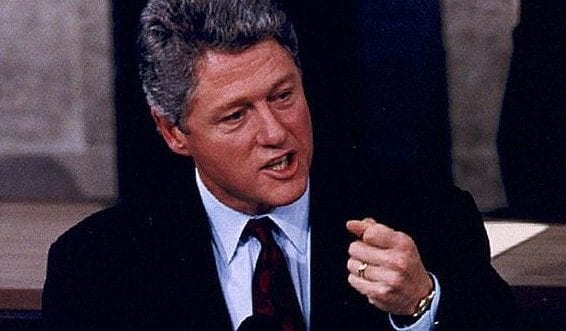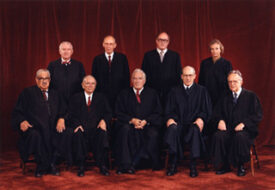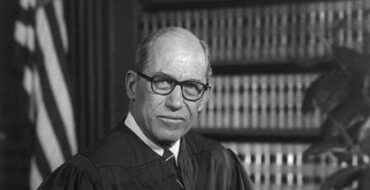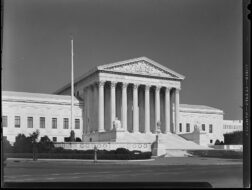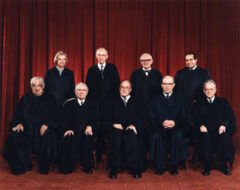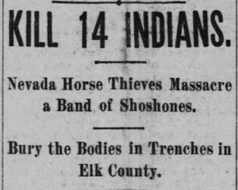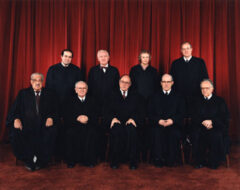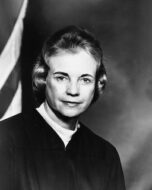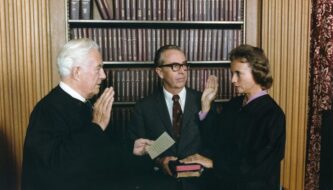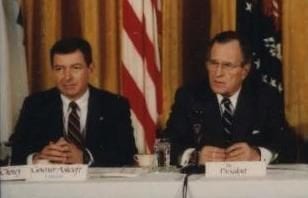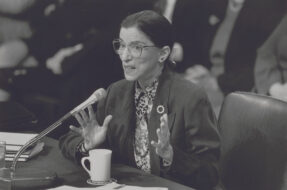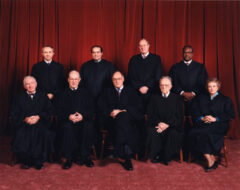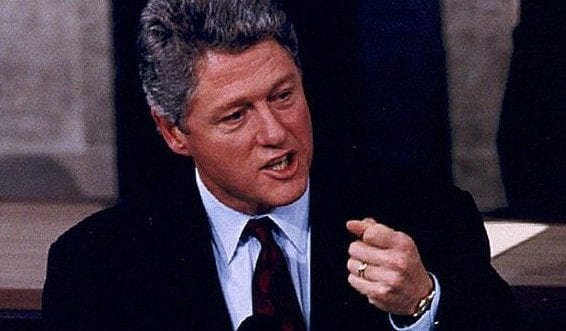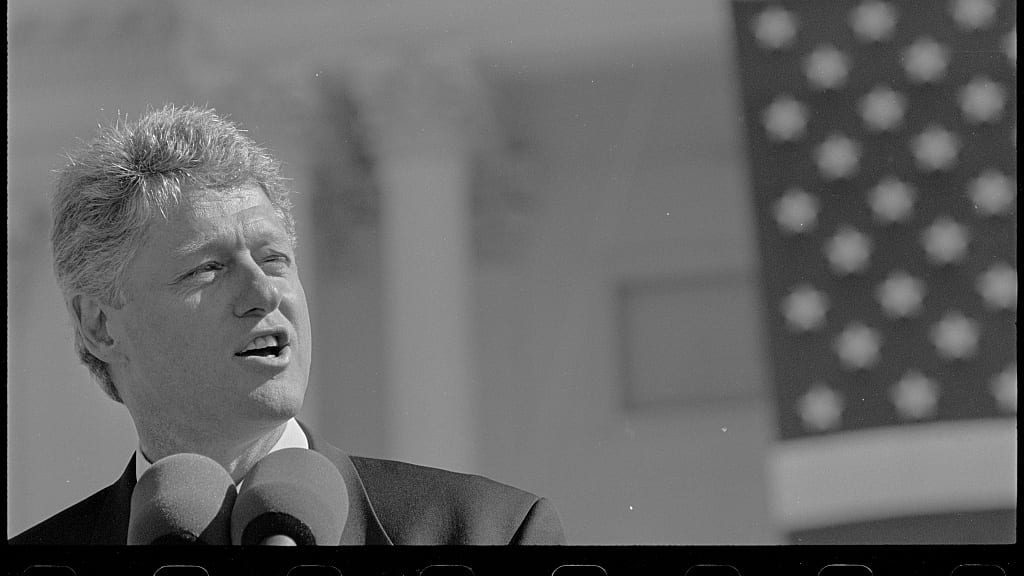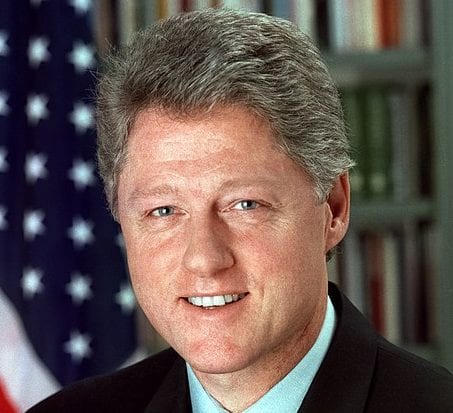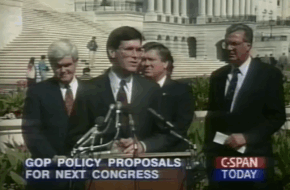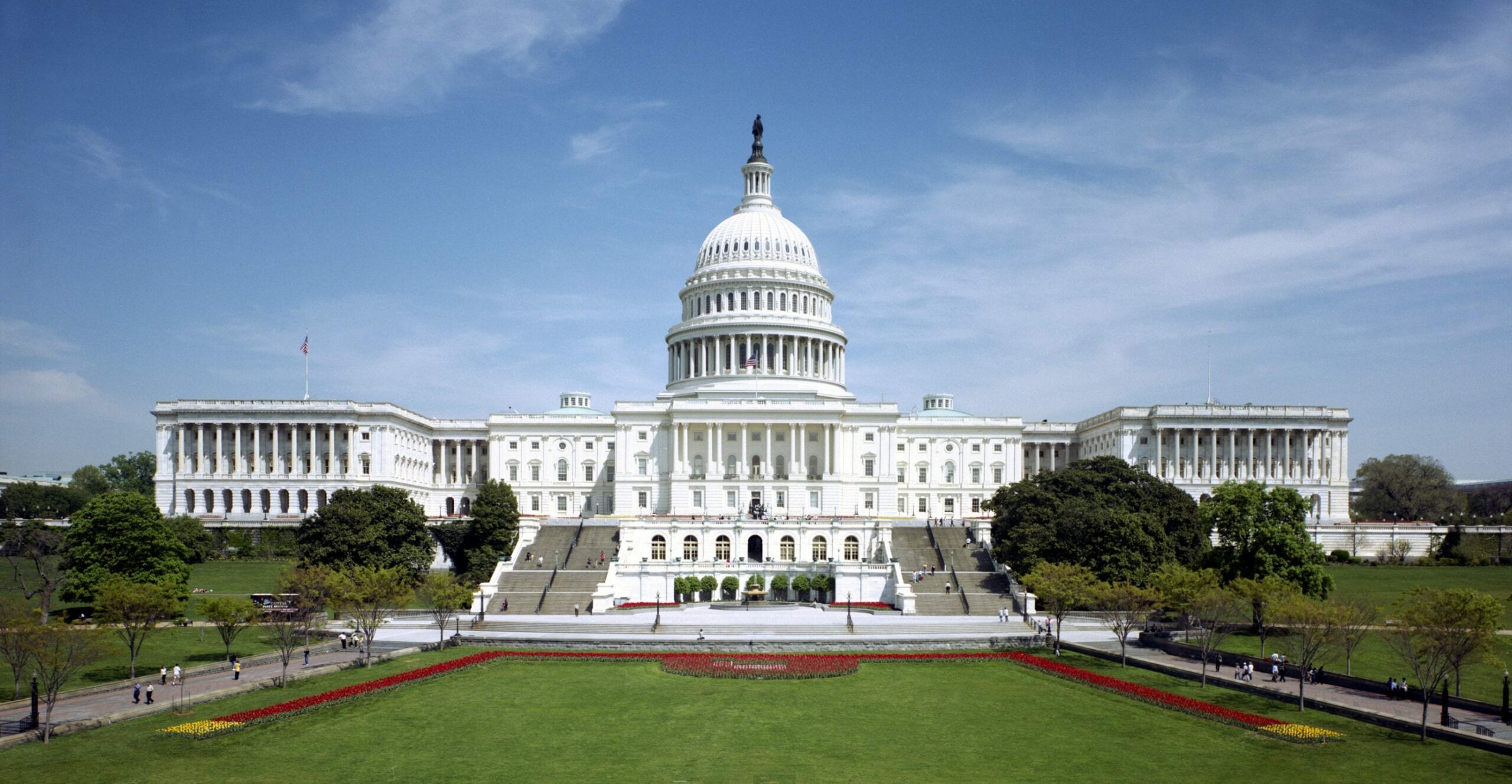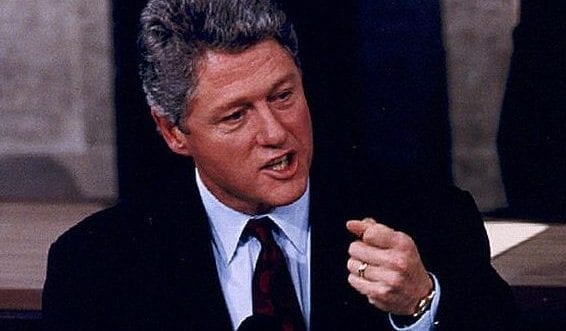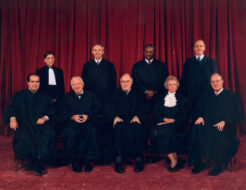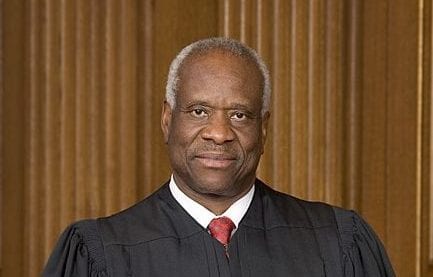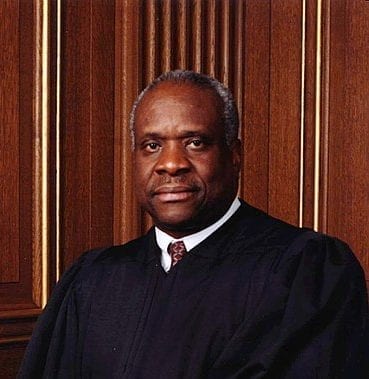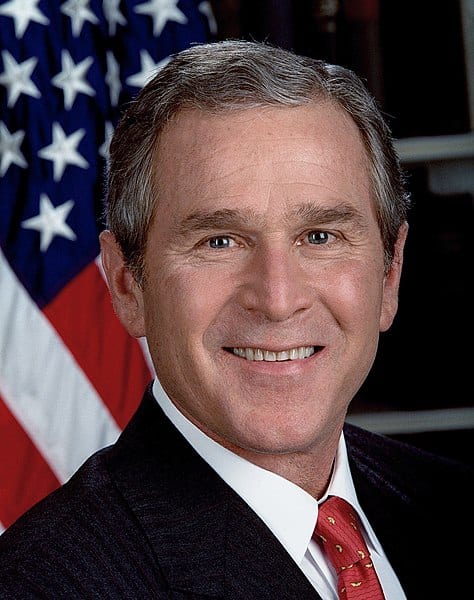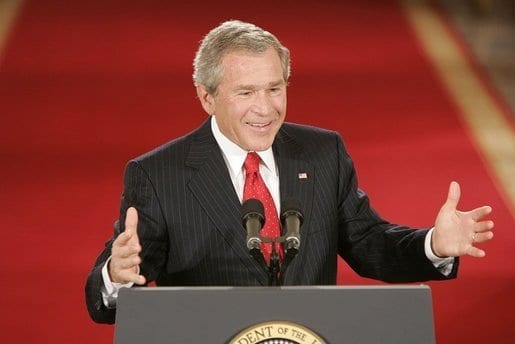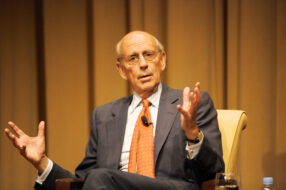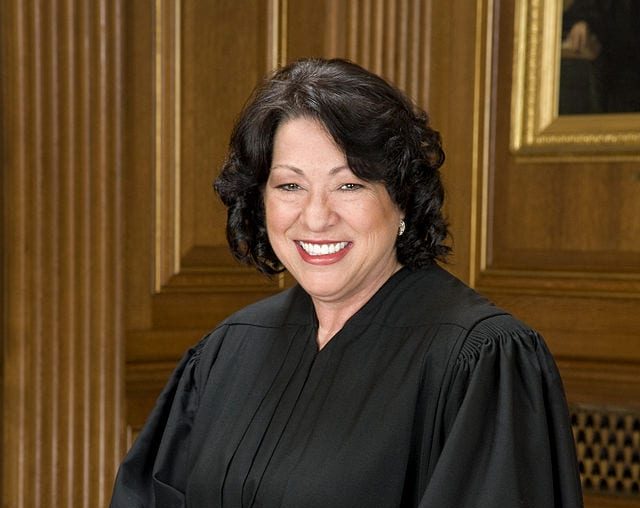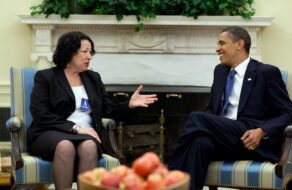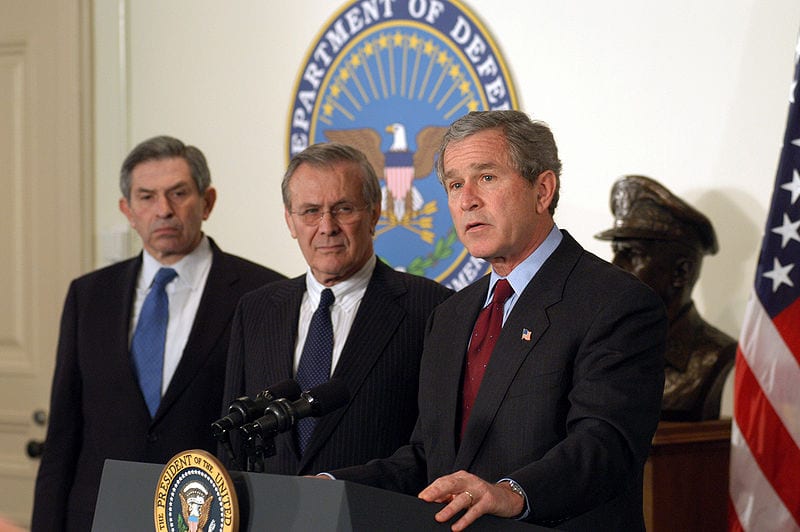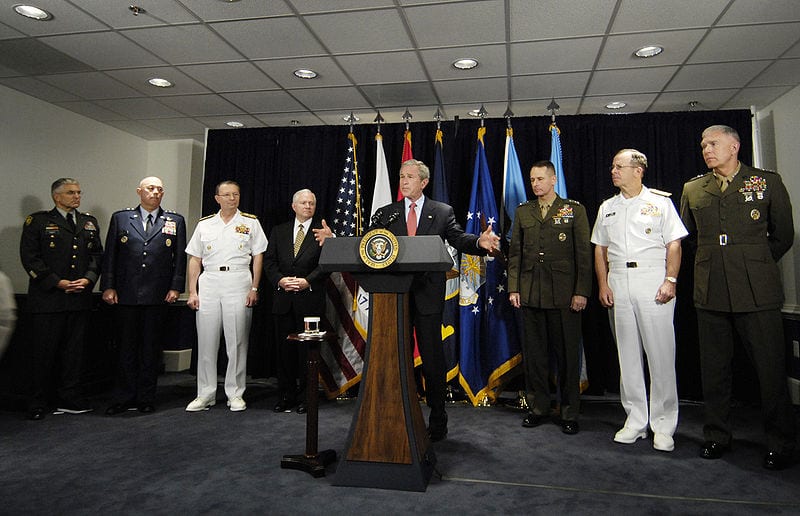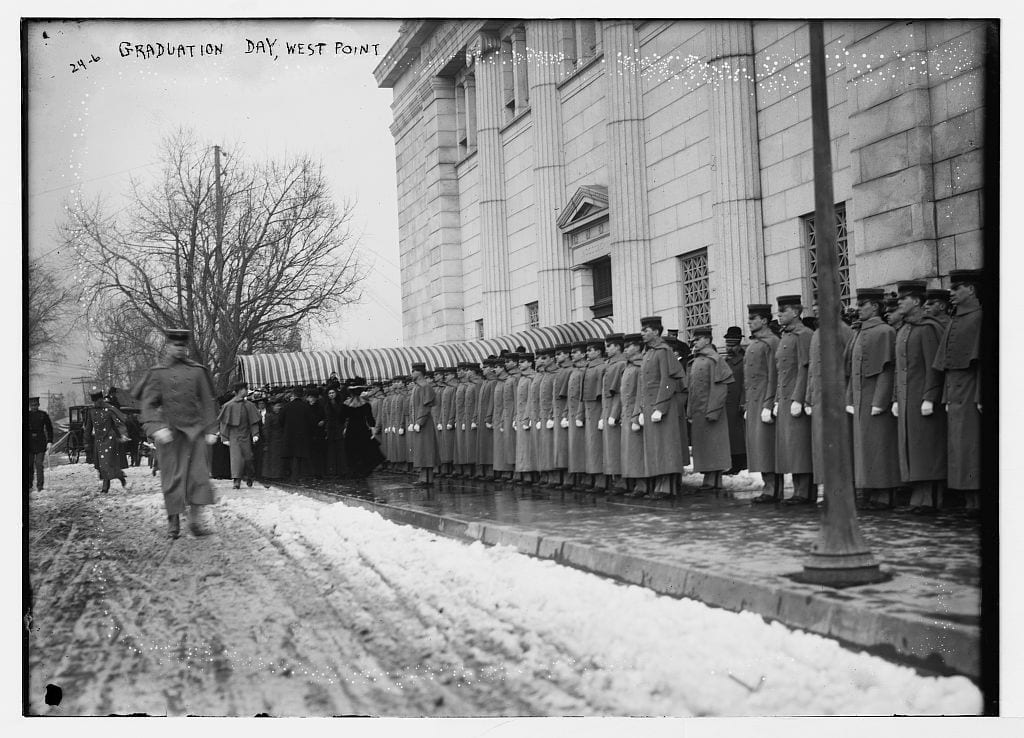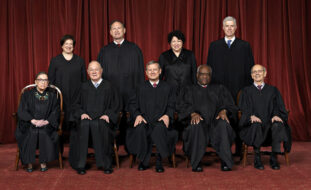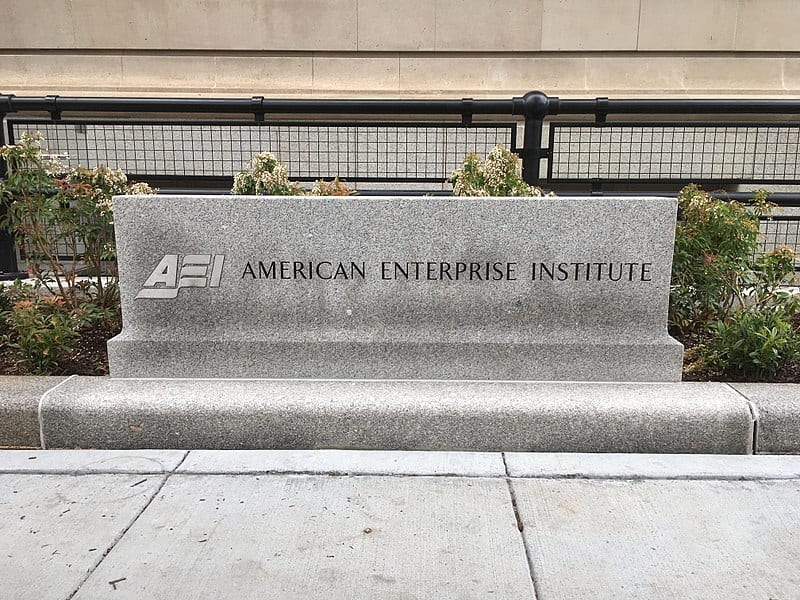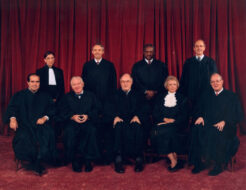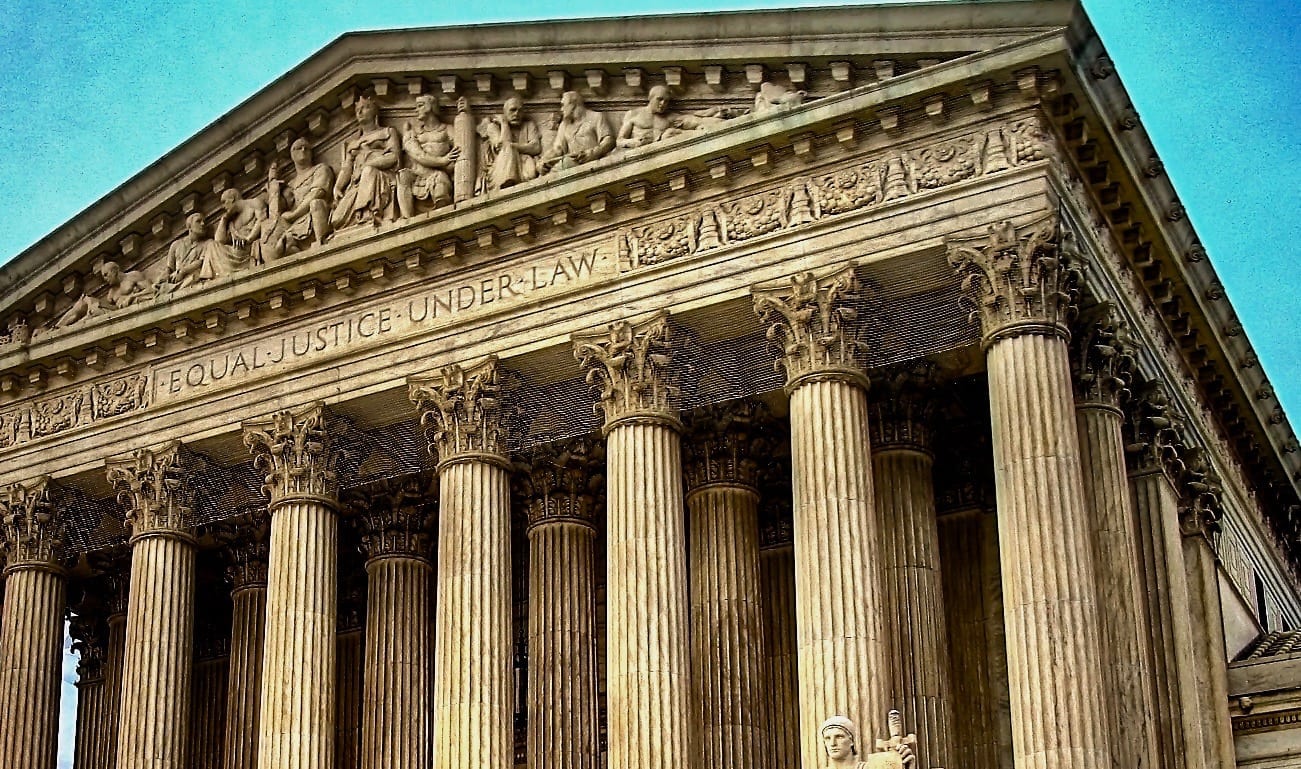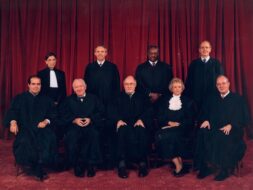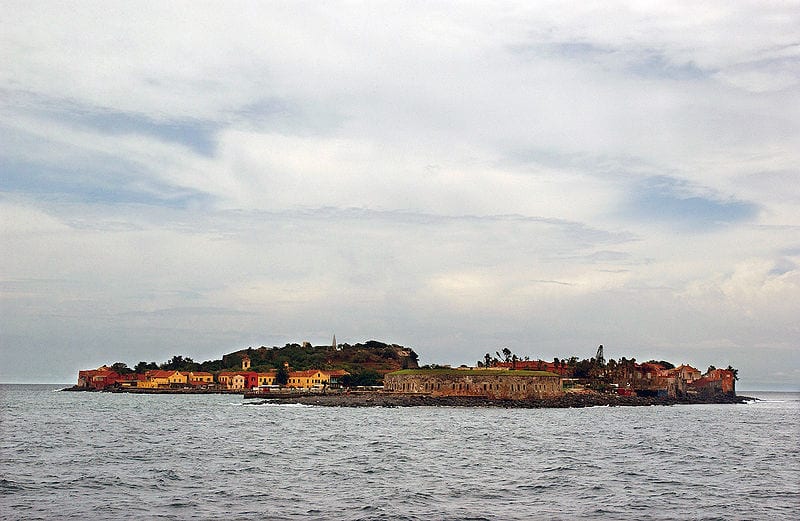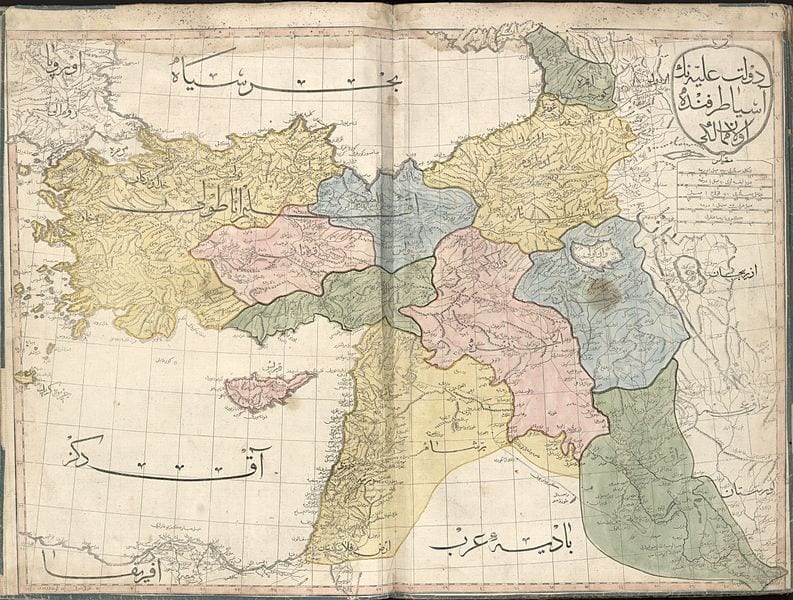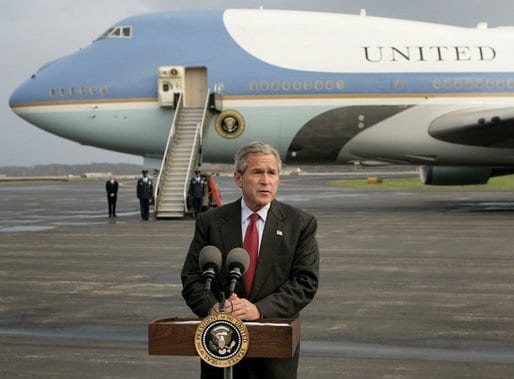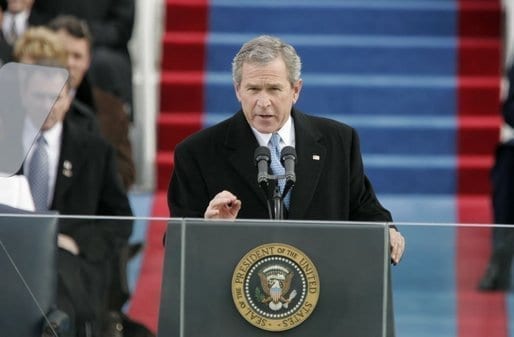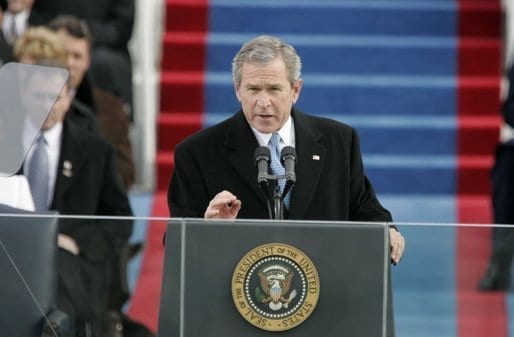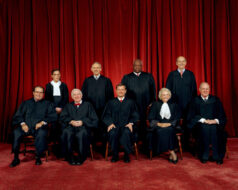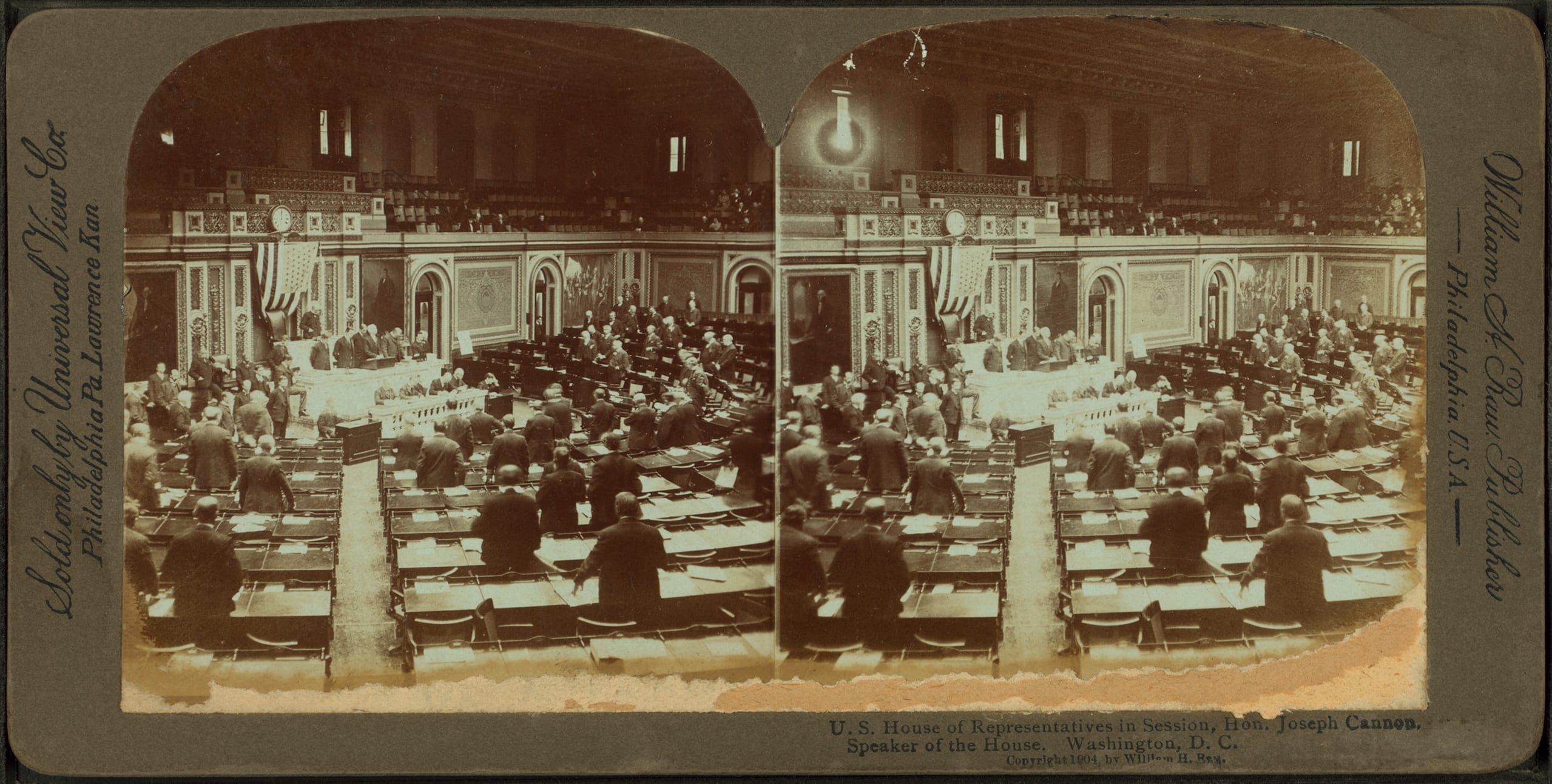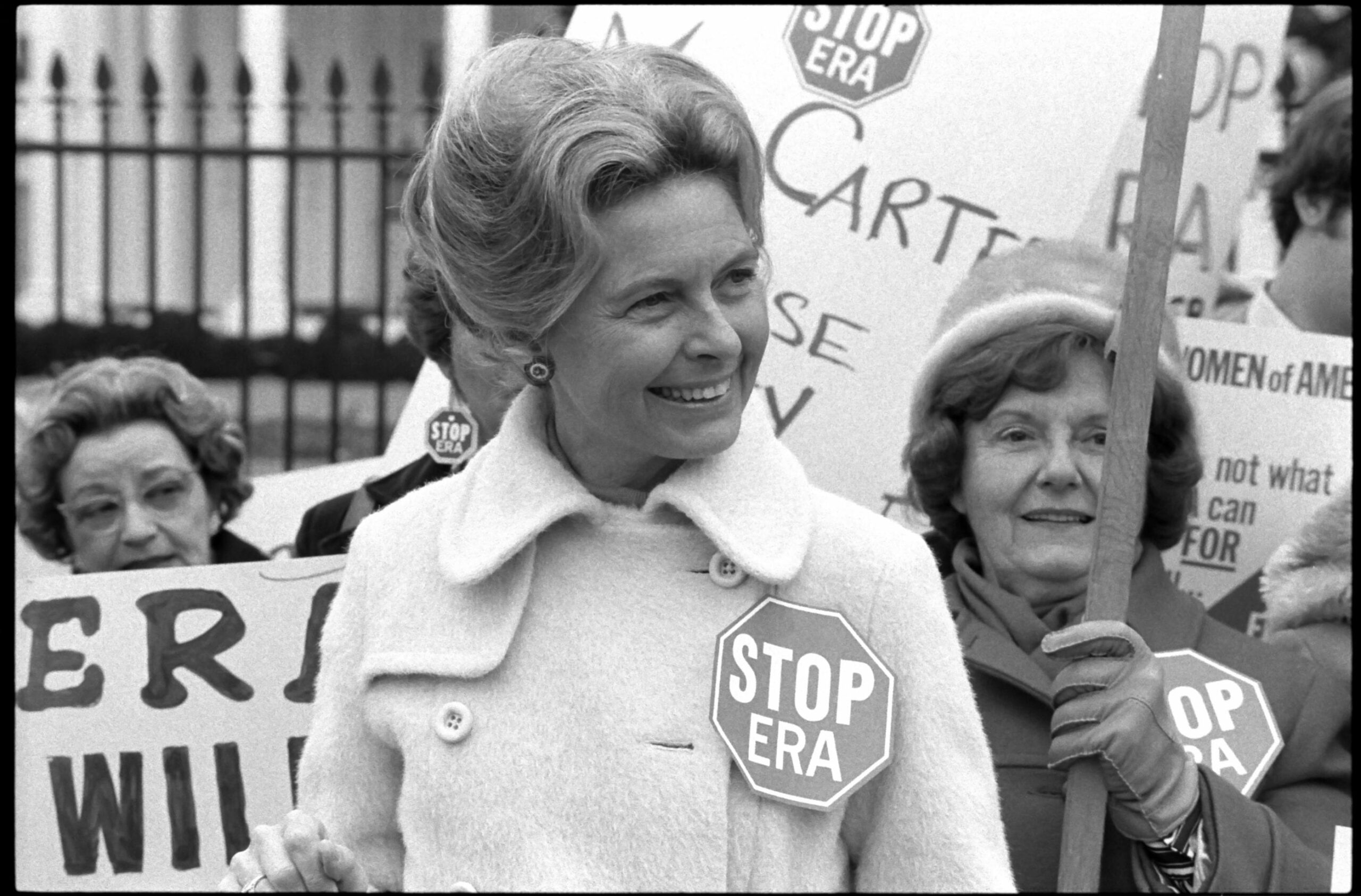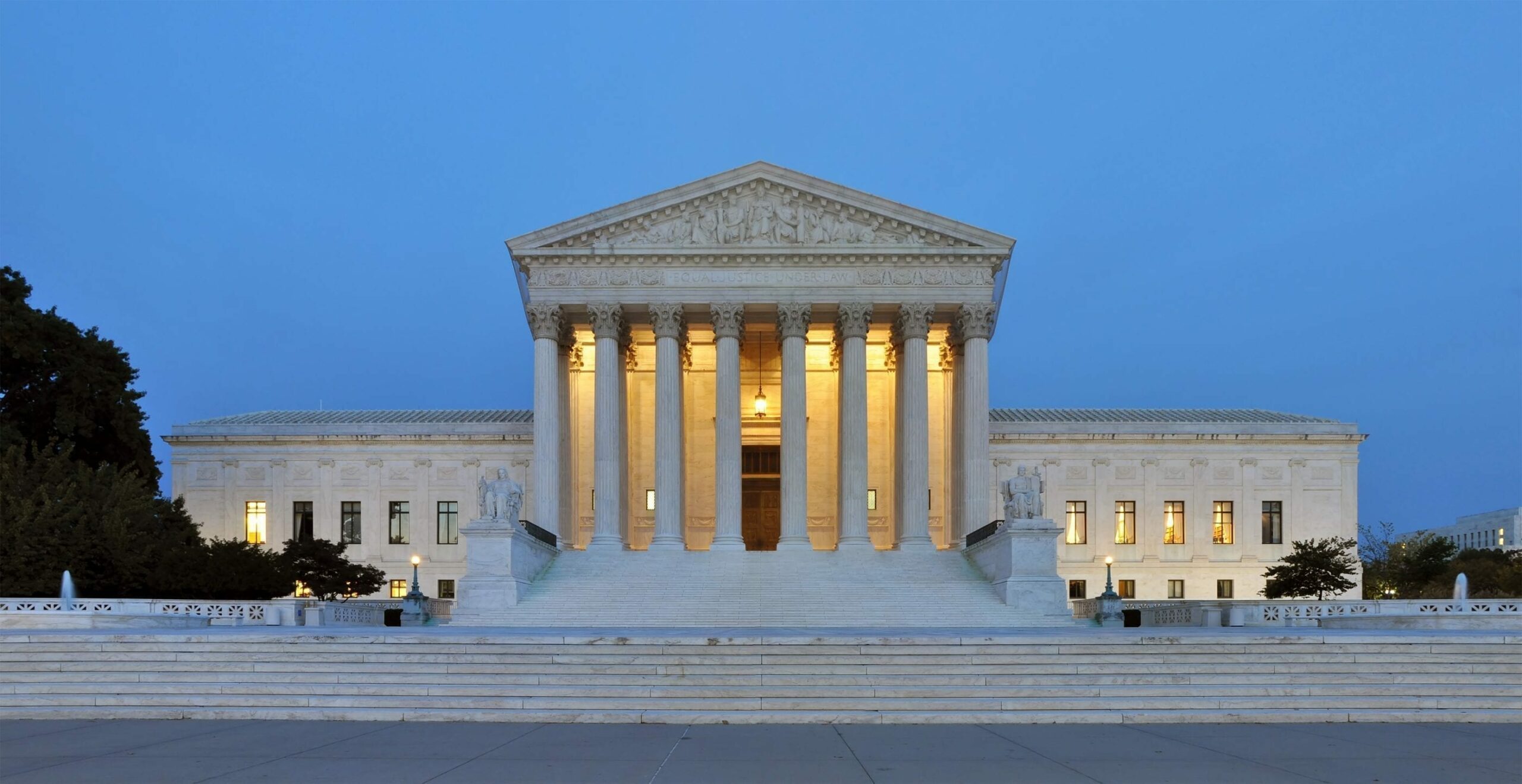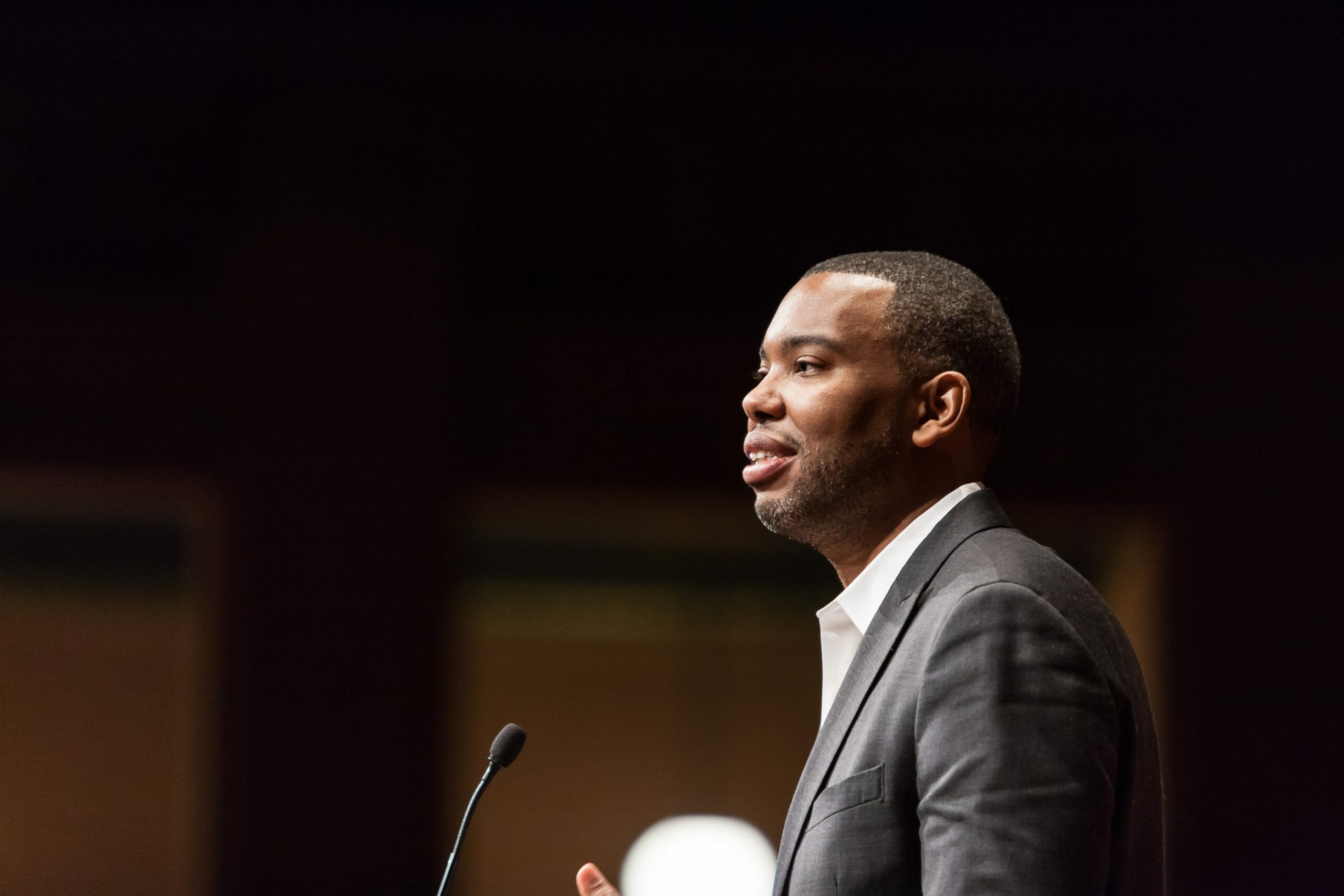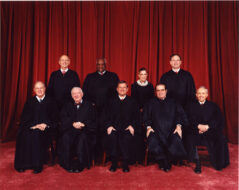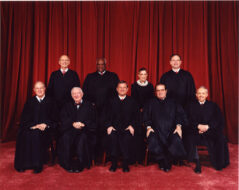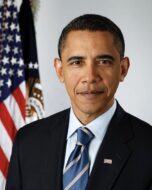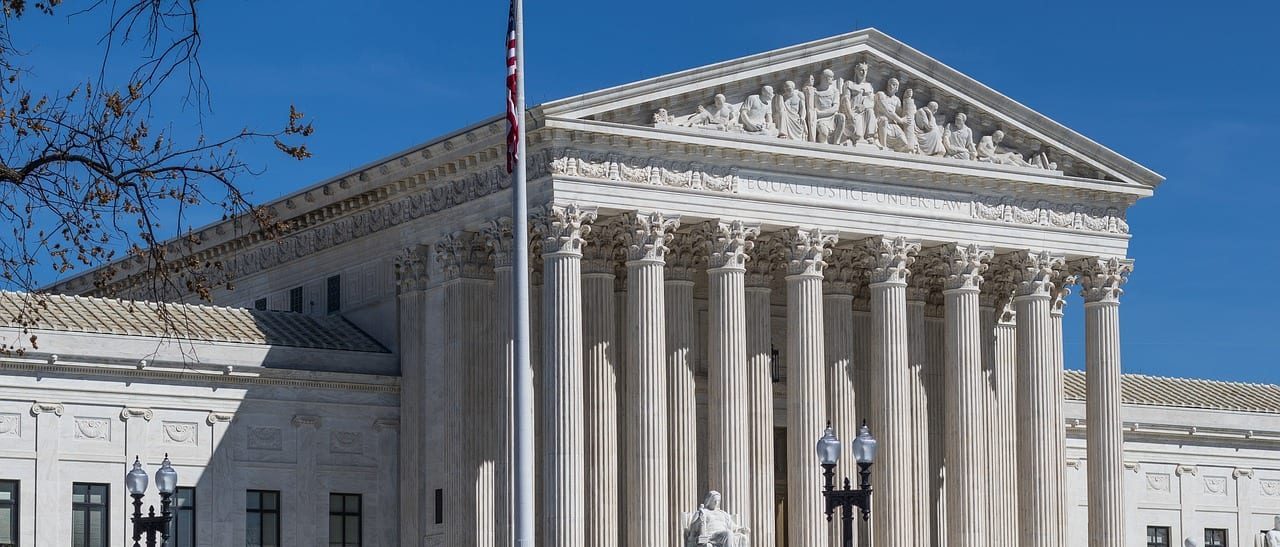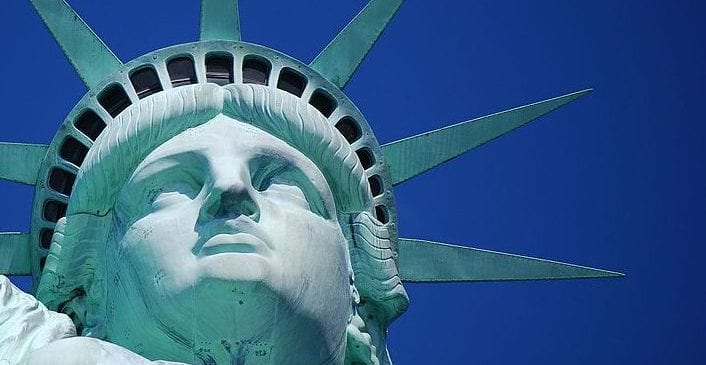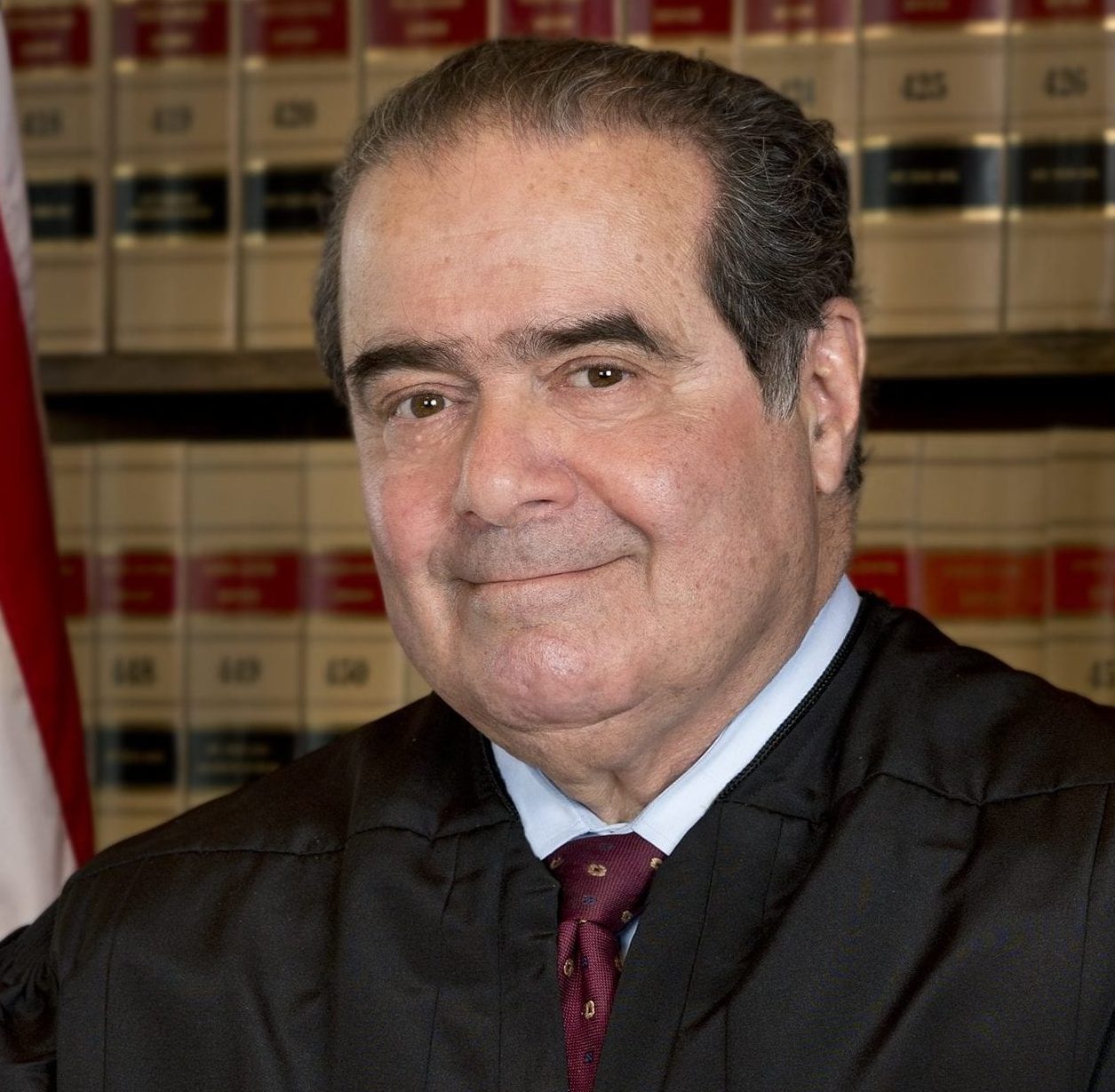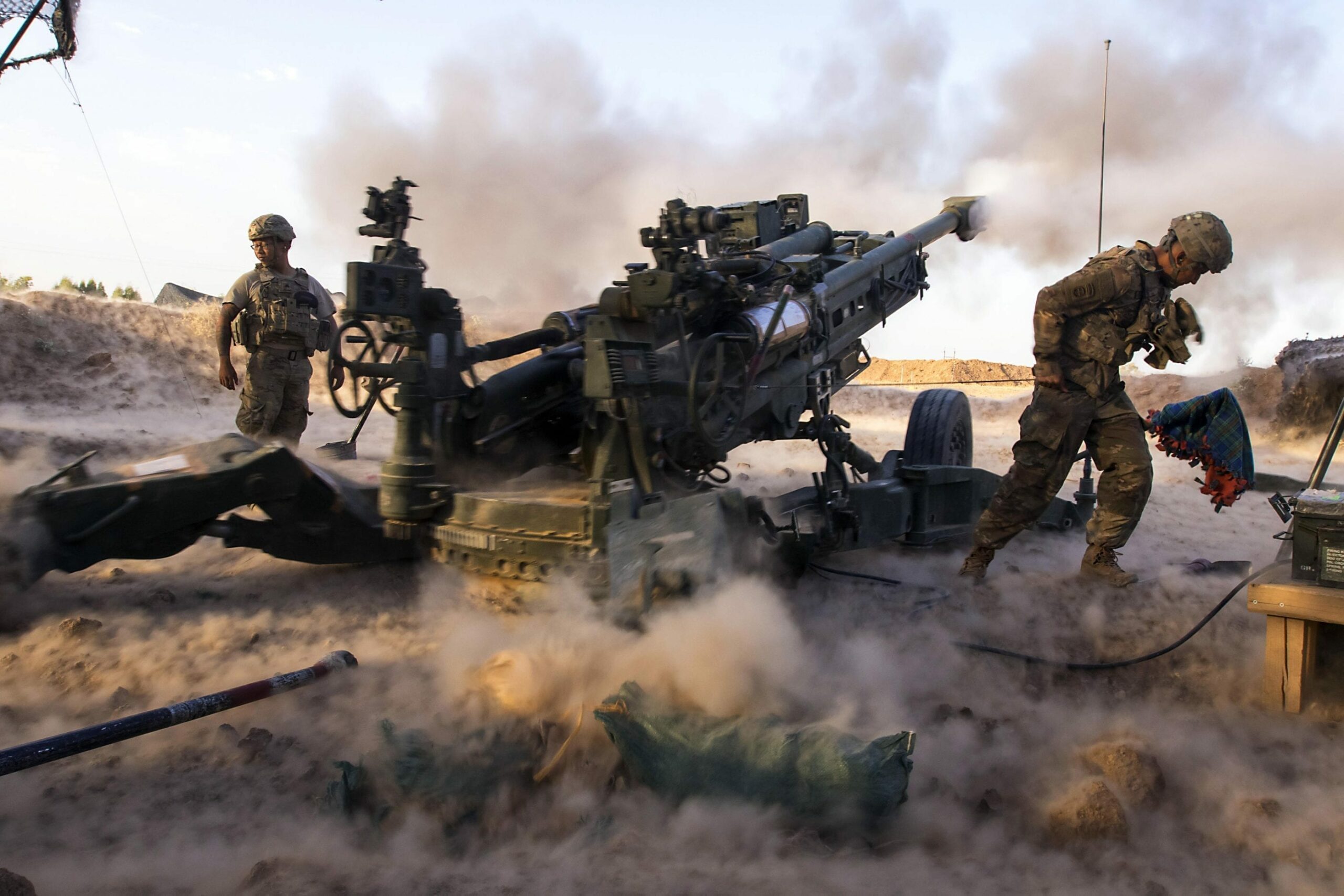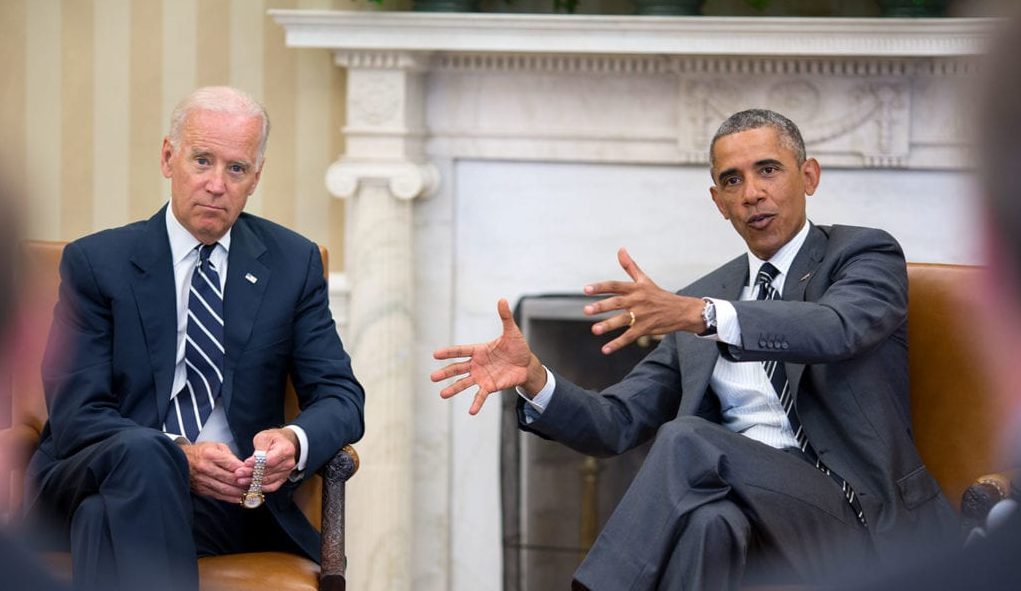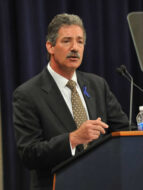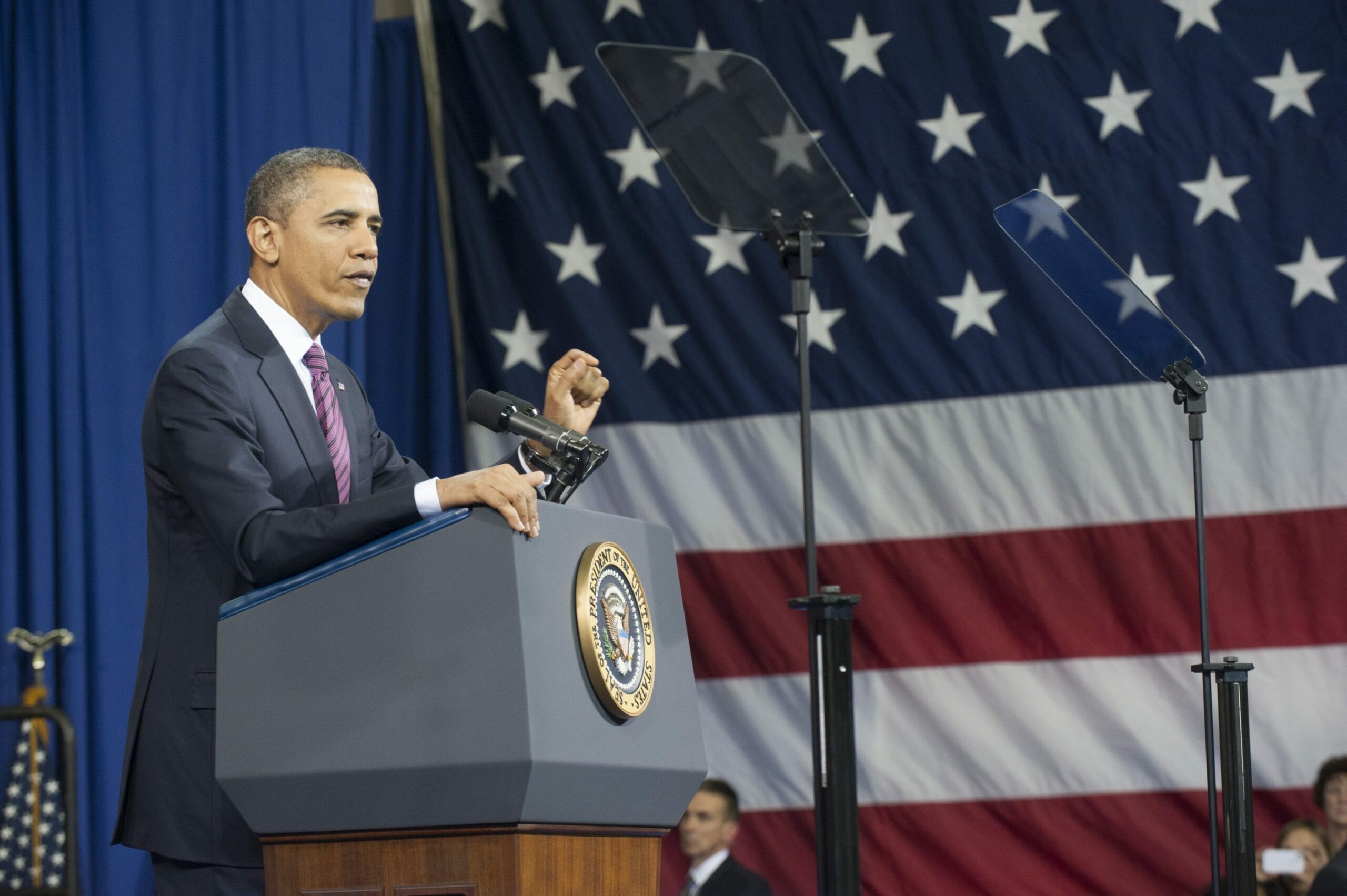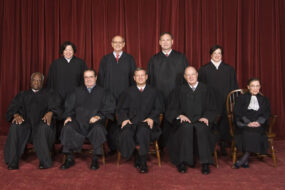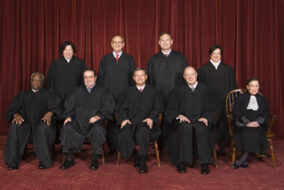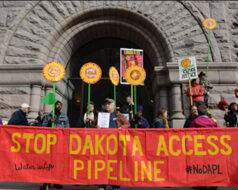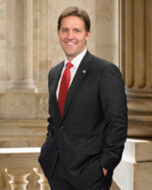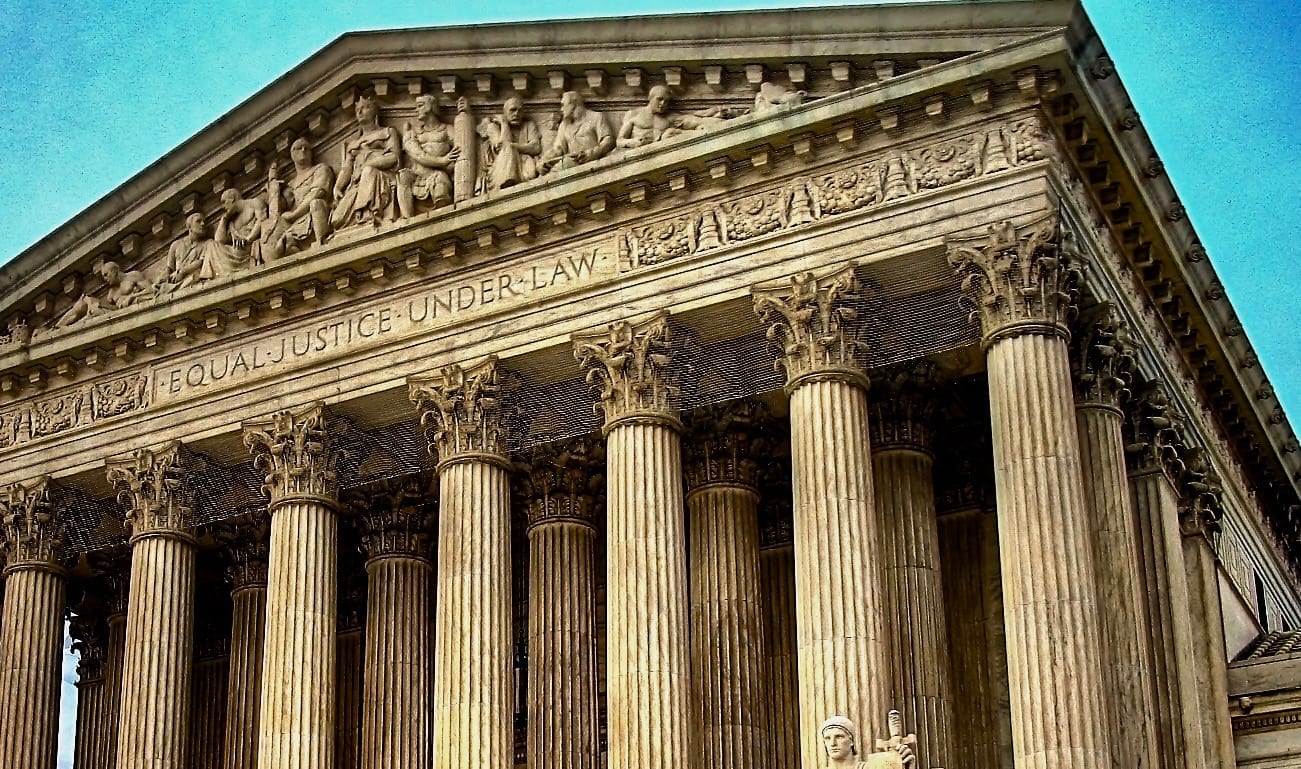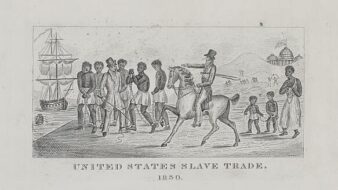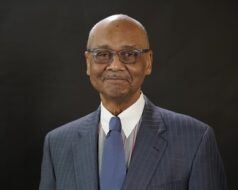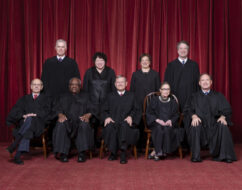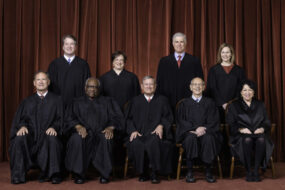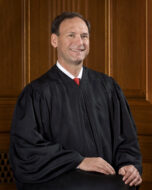
Introduction
In 2005, Democrats confronted the growing problem of “frontloading,” which refers to states scheduling their primaries earlier and earlier in the primary season to gain greater exposure and attention from the candidates. Frontloading made the nomination process lengthier and more costly, and it weakened candidates by dragging the process out over a longer period of time. In a way, this problem was a natural result of the McGovern-Fraser Commission Report (“Mandate for Reform” on Party Structure and Delegate Selection), which, among other things, emphasized the use of the primaries by states in the nominating process. Without establishing a national primary,[1] it was inevitable that states would start vying to vote earlier and earlier in the primary process.
Traditionally, Iowa and New Hampshire have always been allowed to go first in the primary schedule. In 2003, the Michigan Democratic Party objected to this custom and announced plans to hold their primary on the same day as New Hampshire’s. Michigan eventually backed down and abandoned its proposal, but not until the Democratic National Committee agreed to review the schedule of primaries for the 2008 election. A commission was then established to study the scheduling and arrangement of Democratic primaries and caucuses, with the co-chairs being David Price, Representative from North Carolina, and Alexis Herman, who had served as secretary of labor under Bill Clinton. The commission held five public meetings and then submitted its report on December 10, 2005. Even with the report, disputes over the ordering and sequence of primaries would not end, and the controversy over which states vote when continues to this day.
Source: “Report of the Commission on Presidential Nomination Timing and Scheduling,” Democratic National Committee, December 10, 2005, pp. 40-45. http://a9.g.akamai.net/7/9/8082/v001/democratic1.download.akamai.com/8082/pdfs/20051215_commissionfinal.pdf
Findings and Recommendations
Pre-Window Period[2]
The questions considered by the Commission with respect to the pre-window period, initially, were whether any contests should be permitted within that period; if so, whether the Iowa caucuses and New Hampshire primary should be designated in the rules; whether other state contests should be allowed to take place within that period; and, if so, how many and when. The Commission examined and discussed a number of different scenarios and alternatives relative to these questions.
With respect to these issues, the Commission found that:
- There was consensus among its members that the goal of the nominating process should be to produce the best and strongest Democratic presidential nominee; and that that goal is best achieved by devising a system that gives Democratic candidates an opportunity to present themselves and their views to a broad range of voters and gives voters an opportunity to see, hear and question the candidates and measure them against one another.
- Commission members understand and appreciate the valuable role the Iowa caucuses and New Hampshire primary have played in the Democratic nominating process over many election cycles. These are key swing states whose caucus participants and primary voters are informed and engaged. The process in these states subject candidates to “retail politics” involving extensive face to face discussions with voters in addition to the pervasive influence of money and media. The presentations made on behalf of Iowa and New Hampshire state parties were thoughtful, detailed and persuasive in this regard.
- At the same time, a majority of Commission members expressed serious concerns that Iowa and New Hampshire are not fully reflective of the Democratic electorate or the national electorate generally—and therefore do not place Democratic candidates before a representative range of voters in the critical early weeks of the process.
First, Iowa and New Hampshire together account for only about 1.4% of the nation’s population as of 2004. New Hampshire ranks 41st out of 50 states in population. Together they select a total of just 11 of the 540 electors in the Electoral College.
Second, Iowa and New Hampshire do not represent the racial and ethnic diversity of the Party or of the Nation. It has been often noted that the African American community is the most loyal constituency of the Party, and that the Hispanic/Latino vote—for which the Republicans competed strongly in 2004—is a growing share of the total electorate and a key to the Party’s future. Yet, according to the U.S. Census Bureau 2004 American Community Survey, 2.2% of Iowa’s Population is African American and 0.8% of New Hampshire’s population is African American, compared to 12.2% for the nation as a whole. In terms of African American population, Iowa ranks 40th out of 50 states and New Hampshire ranks 43rd.
The 2004 Census data indicate that the Hispanic/Latino population of Iowa was 3.7% and that of New Hampshire was 2.1%, compared to 14.2% for the nation as a whole.
Third, these two states alone cannot and do not represent the geographic diversity that is increasingly critical to the future of the Democratic Party. As matters stand, no Western or Southern state has any role in the pre-window period. The Commission heard substantial testimony—from Rep. Solic, from Mr. Pineda, from the Democrats for the West group, from a Nebraska DNC member and others—that the Party has made significant inroads in state and local elections in the Western states, that the Western states are critical to the Party’s future, and that it is imperative that Western states be given a greater role in the process. A similar logic applies to the South, where the DNC has given priority to rebuilding State Parties.
- Commission members’ concerns were reinforced by the testimony of numerous presenters. Dr. Mann believed that the calendar should engage more and different types of Democratic voters who currently, because of the importance given to Iowa and New Hampshire combined with front-loading,[3] do not play an active or consequential role in the process. Dr. Walters suggested that the demographic makeup of Iowa and New Hampshire has disadvantaged minority candidates and minority voters to the point where the process might conceivably be vulnerable to a legal challenge under section 2 of the Voting Rights Act. (At least one commentator agrees, suggesting that the first in the nation status of Iowa and New Hampshire has created legally actionable “underenfranchisement”[4] of African American voters.)
- From different perspectives, a number of presenters also expressed the view, shared by many Commission members, that the disproportionate influence of Iowa and New Hampshire means that, even apart from considerations of diversity and representation, too few voters, too small a slice of the electorate, truly get to participate in the nominating process in a meaningful way. The League of Women Voters suggested that the front-loaded system with two early important contests “leaves most voters out of the selection process because, simply put, the selection is over before it’s really begun. A system and schedule that allows a larger number of voters, as well as party members and officials, to participate would build better support and citizen engagement in the process.”[5] Curtis Gans of the Committee for the Study of the American Electorate suggested that because of the importance of the first two contests followed by a truncated schedule, “only a small fraction of either the party electorate or the electorate as a whole gets to participate in the selection process.”[6] He noted that, in 2004, only 5% of the eligible electorate cast ballots before the process was declared over.
… Accordingly, the Commission recommends for the 2008 nominating process:
- That the first caucus be held in Iowa and the first primary be held in New Hampshire.
- That there be an additional one or two first-tier caucuses between the Iowa caucus and the New Hampshire primary.
- That following the New Hampshire primary, and prior to the opening of the regular window on February 5, 2008, there be one or two presidential preference primaries.
- That the Rules and Bylaws Committee select the appropriate date on which the pre-window period shall begin, which date shall under no circumstances be earlier than January 14, 2008.
- That the Rules and Bylaws Committee determine the states (other than Iowa and New Hampshire) whose contests may occur during the pre-window period, applying the following criteria: racial and ethnic diversity; regional diversity; and economic diversity including union density.
Inside the Window Period
The continued front-loading of the nominating process has been steady and inexorable. Not only has the process started ever earlier; it has concluded ever earlier; as increasing percentages of delegates are effectively selected earlier in the process. As noted above, the Hunt Commission found that in 1972, 17% of the delegates had been allocated (bound to a presidential candidate) by mid-April, while in 1976 the comparable percentage was 33% and in 1980, 44%. In 1984, by the end of the first week after the window opened, 40.3% of the delegates had been allocated and by mid-April, 57.4% had been allocated.
In 1992, by the end of the second Tuesday of the window (March 10), 40% of the delegates had been allocated and almost exactly half had been allocated by the end of March. In 1996, by the second Tuesday of the window (March 12) 66.67%, two-thirds, of the delegates had been allocated. In 2004, with the regular window opening earlier, by the second Tuesday in March (March 9), 71.4% of the delegates had been allocated.
… Front-loading, as William Mayer and Andrew Busch argue, “greatly accelerates the voters’ decision process and thus makes the whole system less deliberative, less rational, less flexible, and more chaotic…. Voters are forced to reach a final decision about their party’s next presidential nominee in a remarkably short period of time…. Equally important, front-loading makes it all but impossible for the voters to reconsider their initial judgment if new information becomes available.”[7]
… Specifically, the Commission proposes that:
The calendar be divided into the following four time stages:
Stage I: March 4 through March 17, inclusive
Stage II: March 18 through April 7, inclusive
Stage III: April 8 through April 28, inclusive
Stage IV: April 29 through June 10, inclusive
A state would be awarded additional delegates to the 2008 Democratic National Convention equal to the following percentages, applied to the total number of pledged delegates otherwise allocated by the Charter and Call to the Convention, and based on the time period in which the state’s first determining step in the delegate selection process is scheduled to occur in 2008:
Stage I: 15 percent
Stage II: 20 percent
Stage III: 30 percent
Stage IV: 40 percent
The Commission believes that only a system of strong and meaningful incentives, such as the proposed system outlined above, can mitigate against continued front-loading of the process. In that regard, the Commission suggests that the Rules and Bylaws Committee consider and discuss the issue of whether any system of disincentives (i.e., loss of delegates for moving contests earlier) should be incorporated into the process.
- 1. A primary where all the states vote on the same day.
- 2. The window is the period of time in which any state is free to hold its first step in the nominating process, either a presidential preference primary or a caucus. The pre-window refers to the period of time before the opening of the window and is the time when Iowa and New Hampshire have been given exceptions in the Party’s rules to hold their contests.
- 3. The moving of states earlier and earlier in the primary process.
- 4. Justin Driver, “Underenfranchisement: Black Voters and the Presidential Nomination Process,” Harvard Law Review 117, no. 7 (2004): 2318.
- 5. Ibid.
- 6. From Curtis Gans’s testimony at the July 16, 2005, Commission meeting.
- 7. William G. Mayer and Andrew E. Busch, The Front-Loading Problem in Presidential Nominations (Washington, DC: Brookings Institution, 2004), 56, 63.
Statement on Signing the Detainee Treatment Act
December 30, 2005
Conversation-based seminars for collegial PD, one-day and multi-day seminars, graduate credit seminars (MA degree), online and in-person.



